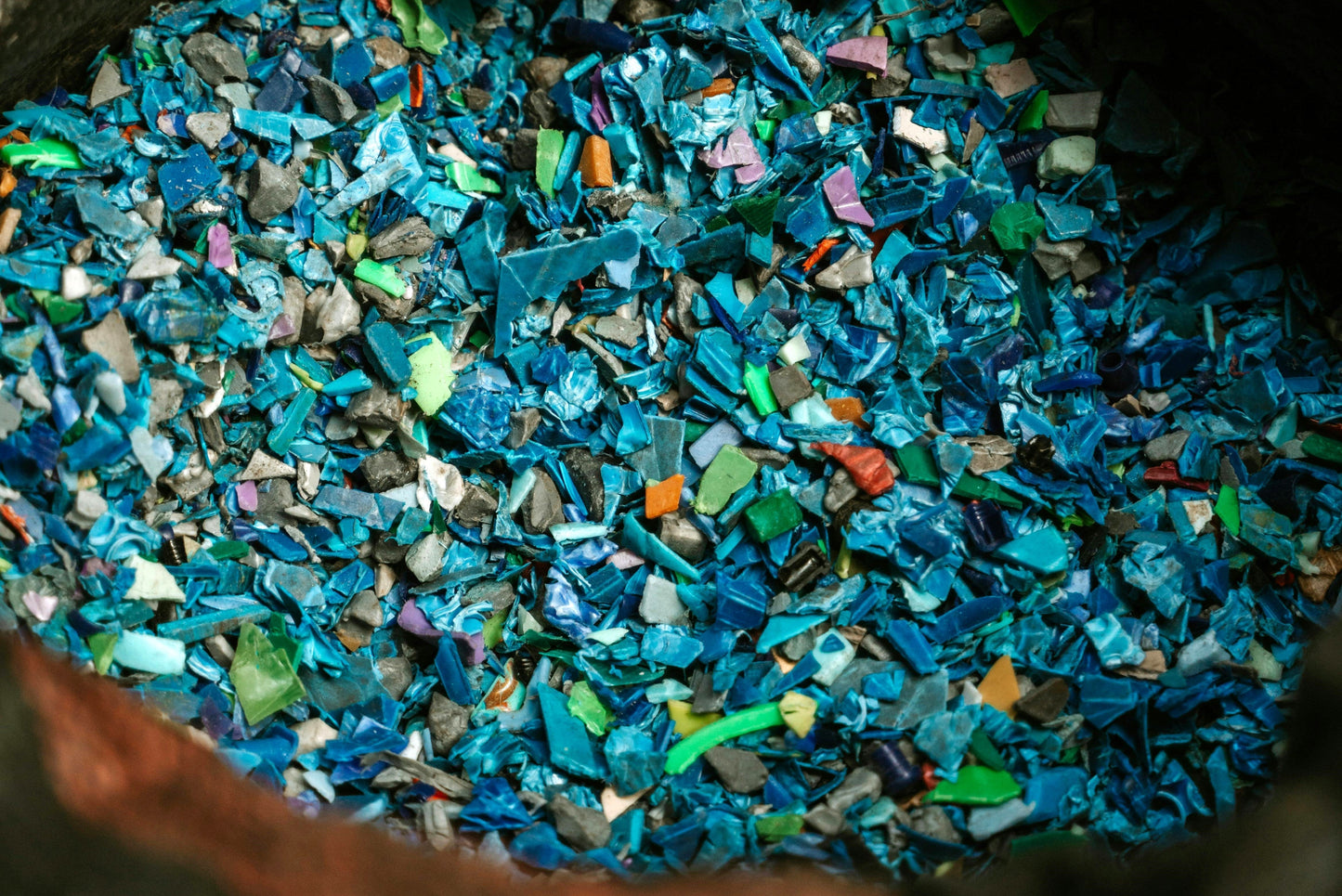
It's no secret anymore that we are all being exposed to microplastics on a daily basis. While research is still ongoing, the potential health concerns surrounding microplastic exposure are significant. So, what can we do about it? It would be near impossible to completely eliminate exposure but we can certainly try to reduce exposure. Keep reading to hear our suggestions.
It's no secret anymore that we are all being exposed to microplastics on a daily basis. A quick search of EcoWatch (my go-to eco news website) lists a plethora of articles describing the latest scientific research around microplastic exposure:
- Microplastics Found in Birds’ Lungs in New Study
- Agricultural Soil Can Contain Microplastics at 23x Higher Concentrations Than What Oceans Hold, Study Says
- Scientists Find Microplastics in Ovarian Follicular Fluid for the First Time
- Chewing Gum Could Release Microplastics Into Saliva, Study Finds
- Accumulation of Microplastics in Human Brain Tissue Rising Rapidly: Study
- Microplastics in Human Placentas Linked to Premature Births
While research is still ongoing, the potential health concerns surrounding microplastic exposure are significant. Research suggests their may be links between microplastic exposure and reproductive health, respiratory health, neurotoxicity and the potential for certain cancers.
So, what can we do about it? It would be near impossible to completely eliminate exposure but we can certainly try to reduce exposure. Some examples include:
- avoid drinking from plastic water bottles,
- never heat food in the microwave in plastic,
- swap plastic food containers for glass or stainless steel,
- choose natural fiber clothing (cotton, linen, hemp and wool) rather than synthetic,
- choose natural fiber rugs and carpet over synthetic alternatives,
- avoid plastic food packaging where possible,
- choose wooden toys for children instead of plastic and;
- dust and vacuum regularly.
At Little Eco Shop we dedicate an entire section on our website to 100% plastic-free products which can help reduce your exposure to microplastics. I have included a few featured products below:
Tea Strainer
Many teabags contain plastic which releases microplastics into your tea when you use hot water. The safest option to enjoy your favourite tea is to switch to loose leaf tea and use our stainless steel tea infuser instead.
GuppyFriend Laundry Bag
This laundry bag is designed for washing your synthetic clothes so all microplastic fibers can be caught in the extremely fine mesh bag rather than being washed back into the environment via the waste water.
Soap Bars
Reduce the amount of plastic bottles you use in your bathroom by swapping to soap bars and shampoo bars. Plastic bottles shed microplastics when they are opened and closed or when the pumps are pressed.
Stainless Steel Food Containers
Plastic bento boxes release plastic particles which opened and closed. We have a range of stainless steel lunch boxes and snack boxes without the plastic so you can reduce exposure.
Glass Baby Bottles
Reducing microplastic exposure from a young age is a really good idea. One way to do that is to avoid plastic baby bottles and teats. We stock Baby Quoddle bottles which are made from glass and natural rubber teats.
Beeswax Wraps
Avoiding plastic food packaging is a really great idea so your food doesn't come into direct contact with plastic. Beeswax wraps are a great alternative to plastic clingwrap and ziplock bags and they can be washed and reused.
If you have any additional recommendations to reduce the microplastics in your life, please feel free to leave us a comment below. Alternatively, you can view more of our plastic-free products here.
